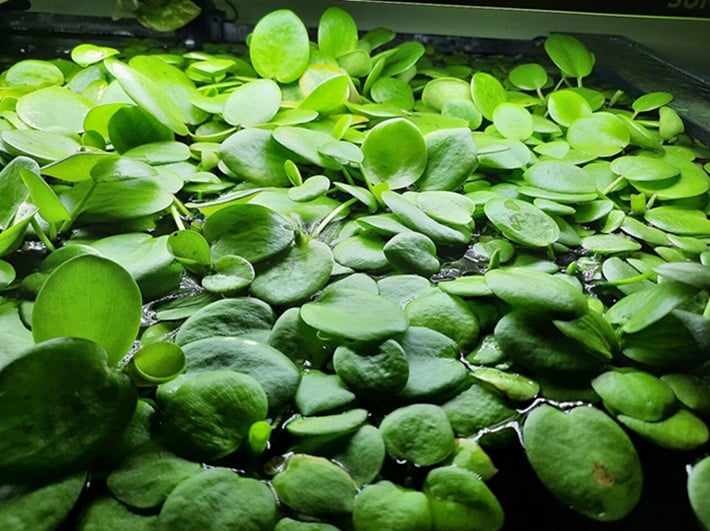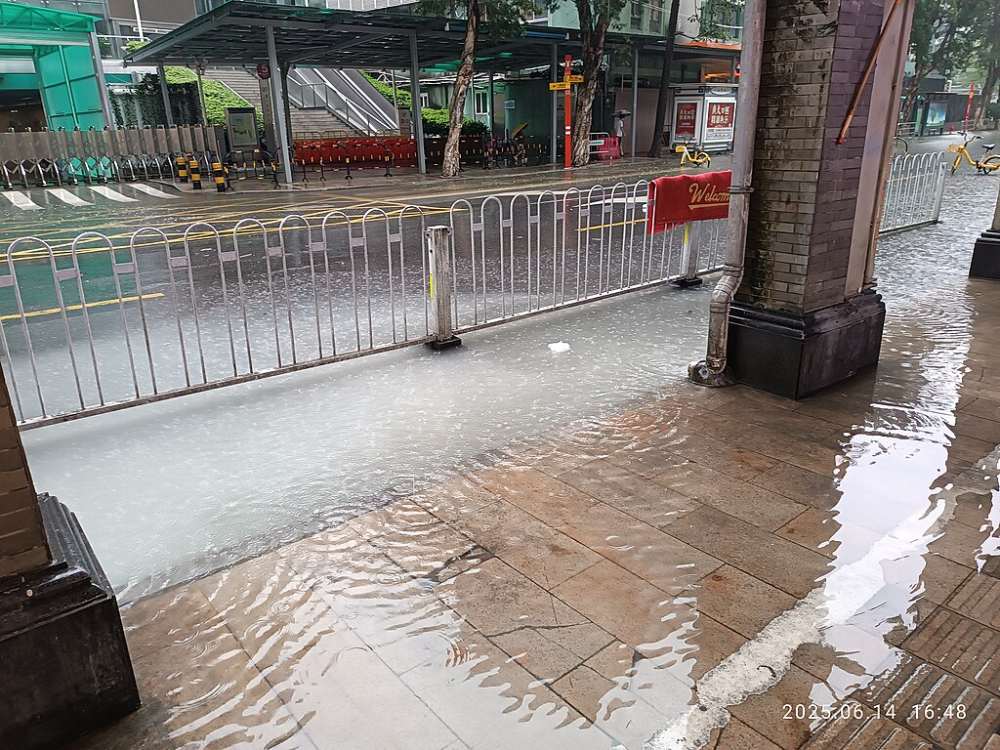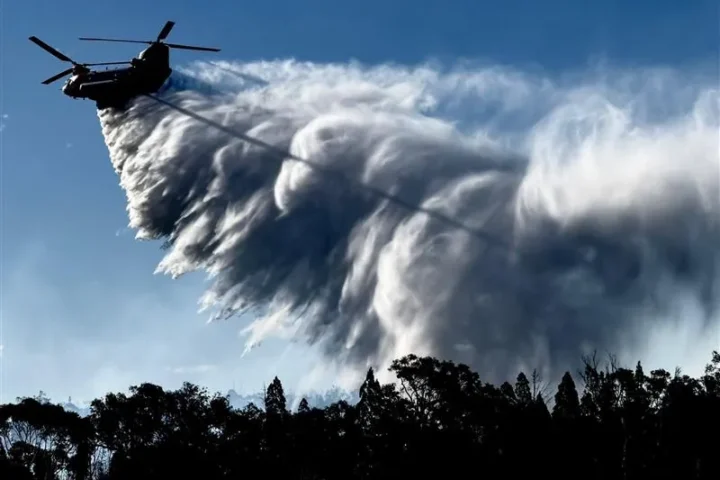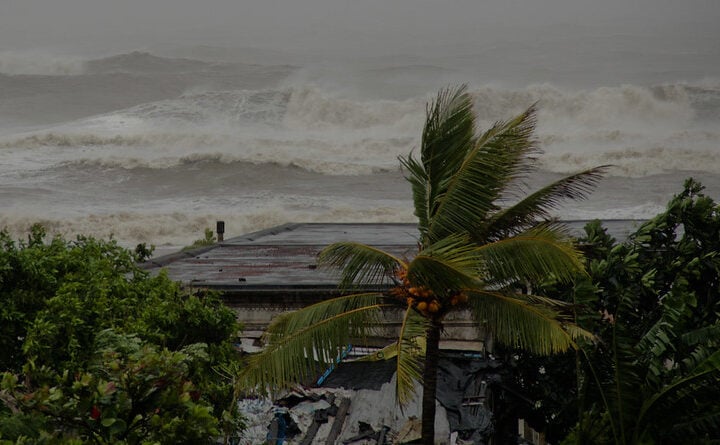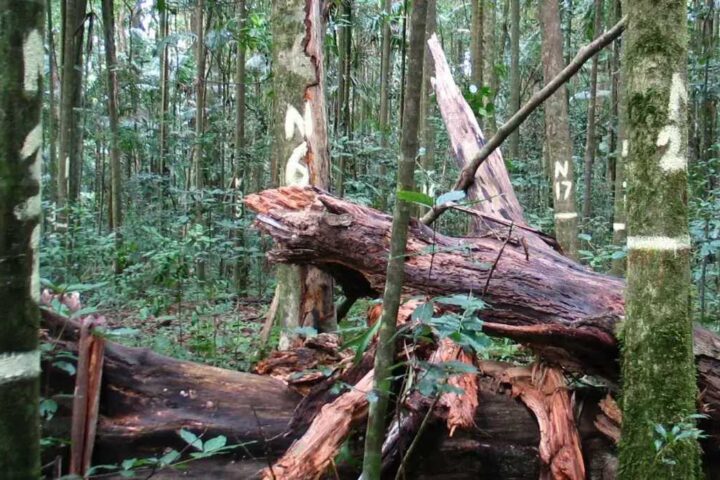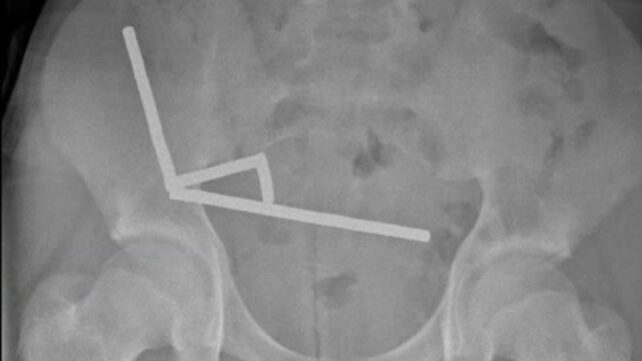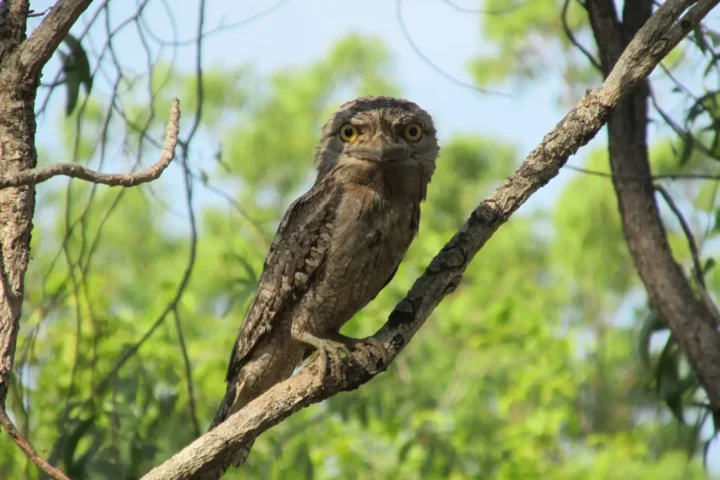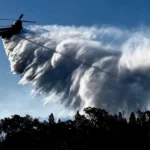One of the world’s most destructive water weeds has been discovered in Darwin, marking its first recorded appearance in the Northern Territory. The fast-growing aquatic plant, known as Amazon frogbit, was identified in a residential fishpond in Darwin’s northern suburbs after an alert resident spotted it in a social media post.
Northern Territory weeds officer Peter Ross said the fishpond owner had unwittingly offered to give away some of the plant online. “He wasn’t sure what type of plant it was and whether anyone knew what it was,” Ross explained. “And because it was looking so thick in that fishpond, he was looking to give some of that away.”
The discovery has triggered immediate concern from environmental authorities, who classify Amazon frogbit as “one of the world’s worst weeds” due to its aggressive growth and devastating environmental impacts.
Originally from Central and South America, Amazon frogbit was introduced to Australia decades ago as an ornamental plant for fishponds and aquariums. The plant features smooth, round leaves about the size of a 10-cent coin with a distinctive spongy underside and occasionally produces small white flowers.
What makes this seemingly innocent-looking plant so dangerous is its explosive growth rate. When it escapes into natural waterways, Amazon frogbit quickly forms thick mats up to half a meter deep that completely smother water surfaces.
“It will just smother that water body, so that fish can’t access the surface, birds have trouble accessing the water,” explained Reece Pianta from the Invasive Species Council. This suffocation effect doesn’t just harm wildlife – it can severely impact water quality as the plant material decomposes.
Similar Posts:
The economic impacts are equally severe. “It becomes a problem for irrigation equipment, we’ve even had an example where it’s impacted a hydro-electric project in Far North Queensland,” Pianta said. “It costs hundreds of thousands of dollars for councils, and Indigenous ranger groups, and Landcare organisations to manage this problem.”
Amazon frogbit spreads through both seeds and vegetative growth, allowing it to colonize new areas quickly through water currents, birds, or by attaching to watercraft and equipment. It has already established in multiple waterways in Queensland since it was first detected there.
Despite its destructive potential, Amazon frogbit remains widely available through online marketplaces across Australia, selling for just $6 to $9 per plant. Just one online aquatic plant store visited by the ABC carried a warning that frogbit could not be sold in New South Wales because it was a declared noxious weed.
The regulatory landscape for Amazon frogbit varies across Australia. It is declared a prohibited matter in New South Wales, South Australia, Western Australia, the Australian Capital Territory, Tasmania, and the Northern Territory. However, Queensland classifies it only under a general biosecurity obligation rather than prohibiting it outright.
Environmental experts are calling for consistent nationwide restrictions. “We think it should be restricted everywhere in Australia,” Pianta said. “It isn’t restricted in Queensland, where it was first discovered.”
The NT Department of Lands, Planning and Environment is urging residents to check their ponds for Amazon frogbit and to contact the Weed Management Branch immediately if they spot it. Most importantly, they stress that residents should never attempt to remove or dispose of the weed themselves, as improper handling could worsen the spread. Fortunately, there are no reports yet that the weed has spread beyond the suburban fishpond in Darwin, giving authorities a chance to prevent a wider environmental disaster and implement effective monitoring.
